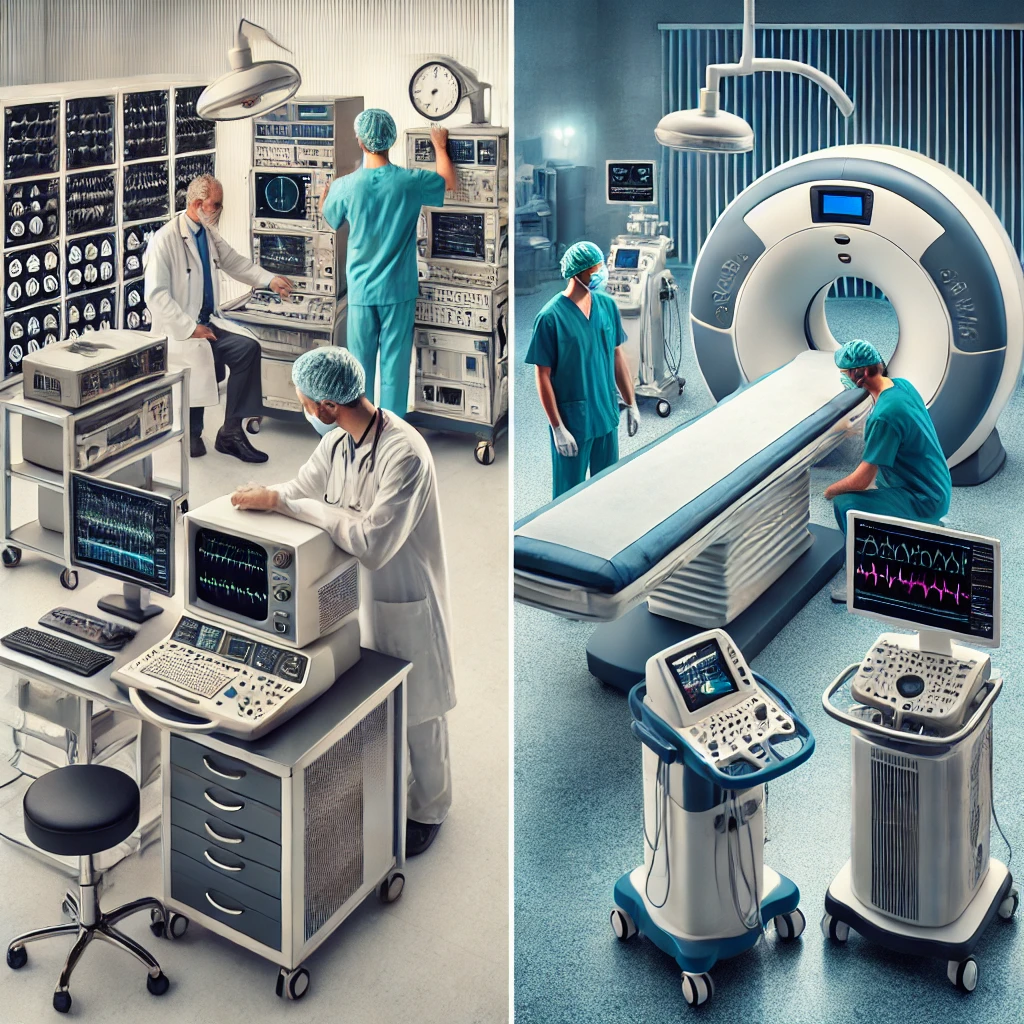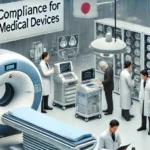

Refurbished vs. New Medical Equipment: Which is the Better Choice?
In the healthcare industry, the decision to purchase medical equipment is crucial, directly impacting patient care, operational efficiency, and financial stability. Healthcare facilities, ranging from hospitals to private clinics, often grapple with the choice between buying new or refurbished medical equipment. Each option has its own advantages and potential drawbacks. This article explores the key considerations to help medical professionals and healthcare administrators make an informed decision.
Understanding Refurbished Medical Equipment
Refurbished medical equipment refers to previously owned devices that have been restored to a functional state, often through processes such as inspection, repair, replacement of worn-out parts, recalibration, and certification to meet industry standards. These devices undergo rigorous testing to ensure they function as effectively as their new counterparts.
Advantages of Refurbished Medical Equipment
Cost Savings
One of the primary benefits of purchasing refurbished medical equipment is the significant cost savings. Refurbished equipment can cost anywhere from 30% to 70% less than brand-new units, making it an attractive option for facilities operating on tight budgets.
Environmental Sustainability
Refurbishing and reusing medical equipment reduce electronic waste and the demand for raw materials required for new manufacturing. This approach supports sustainability efforts and reduces the carbon footprint of healthcare facilities.
Quick Availability
New medical equipment often involves lengthy procurement and manufacturing lead times. In contrast, refurbished equipment is typically available for immediate delivery, reducing downtime and ensuring continuity of care.
Reliable Performance
Reputable refurbishment companies follow strict quality control measures to restore equipment to a “like-new” condition. Many refurbished devices come with warranties and certifications that ensure reliability, functionality, and compliance with regulatory standards.
Challenges of Refurbished Medical Equipment
Limited Lifespan
Since refurbished equipment has already been used, it may not have the same lifespan as a brand-new model. While high-quality refurbishment extends the device’s usability, eventual wear and tear can lead to earlier replacement.
Technology Limitations
Refurbished equipment may not always include the latest technological advancements. Some older models might lack modern features, limiting their efficiency and compatibility with newer healthcare systems.
Potential for Frequent Maintenance
Although refurbished equipment undergoes extensive testing, it may require more frequent servicing compared to new equipment, leading to ongoing maintenance costs.
Understanding New Medical Equipment
New medical equipment refers to devices that come directly from manufacturers, untouched and featuring the latest technology, advanced functionalities, and warranty coverage.
Advantages of New Medical Equipment
Latest Technology and Features
New equipment incorporates the most recent technological advancements, ensuring better diagnostic accuracy, efficiency, and integration with digital healthcare systems. This is especially beneficial for facilities aiming to maintain cutting-edge medical practices.
Longer Lifespan
Since new equipment has never been used, it generally has a longer operational lifespan compared to refurbished alternatives. This can translate into lower long-term costs related to repairs and replacements.
Comprehensive Manufacturer Support
New medical equipment comes with manufacturer warranties, service contracts, and customer support, reducing the risks associated with equipment failure and ensuring timely assistance when needed.
Compliance with Regulatory Standards
Medical equipment manufacturers design new devices to comply with the latest regulatory and safety standards. This ensures seamless approval for use in healthcare settings without concerns about outdated specifications.
Challenges of New Medical Equipment
Higher Costs
One of the biggest drawbacks of purchasing new medical equipment is the cost. Advanced devices require substantial investment, which can strain the budgets of small clinics and hospitals.
Longer Lead Time
Unlike refurbished equipment, new devices often involve lengthy manufacturing and shipping times, delaying implementation in medical facilities.
Depreciation
Medical equipment depreciates over time, and investing in brand-new devices means facilities must bear the financial burden of asset depreciation.
Key Considerations When Choosing Between New and Refurbished Equipment
- Budget Constraints – If financial limitations are a concern, refurbished equipment can be a practical solution without compromising functionality.
- Technological Needs – If the latest features and innovations are required, investing in new equipment may be the best choice.
- Equipment Usage – Critical and high-risk applications may justify the purchase of new equipment, while less critical uses can rely on refurbished options.
- Warranty and Support – Consider the warranty coverage and support services provided by manufacturers and refurbishment companies.
- Regulatory Compliance – Ensure that the equipment meets all industry standards and regulatory requirements.
Conclusion
The choice between refurbished and new medical equipment depends on various factors, including budget, technological requirements, and long-term operational considerations. While refurbished equipment offers cost-effectiveness and sustainability, new equipment provides the latest advancements and longer lifespan. By carefully evaluating the needs of their healthcare facility, administrators and medical professionals can make an informed decision that balances financial prudence with quality patient care.
Add a comment Cancel reply
Related posts


Regulatory Compliance for Refurbished Medical Devices

New vs. Refurbished Medical Devices: Making the Decision

Refurbished Surgical Instruments from Japan: Precision, Quality, and Value
Japan Address
COMFYS JAPAN LLC, R Cube Aoyama 3rd Floor, 1-3-1 Kita-Aoyama, Minato-ku, Tokyo 107-0061,Japan
Africa Address
Comfys International Limited KP Offices, Suite 26 Milimani, Nairobi, KENYA




